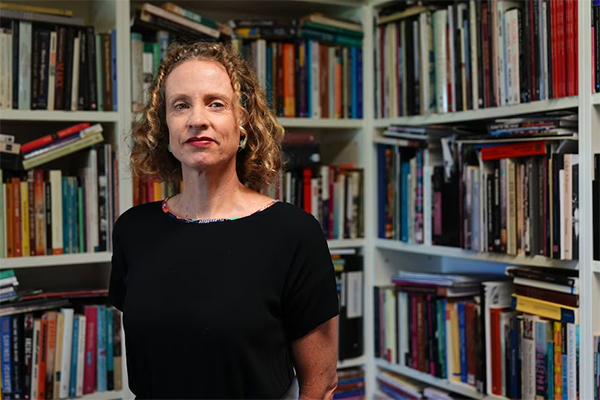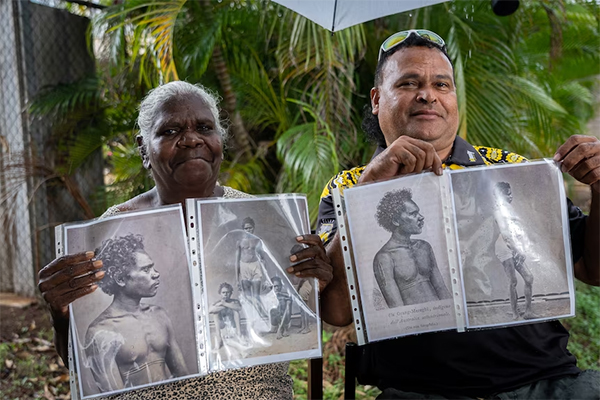Erin Parke, Search for descendants of Aboriginal people who settled in Indonesia at least 150 years age, ABC News, 11 February 2023
The discovery of a trove of long-forgotten, black-and-white photographs in an Italian library has proven that a group of Indigenous Australians formed a community in South East Asia 150 years ago.
WARNING: Aboriginal and Torres Strait Islander readers are advised that this article contains images of people who have died.
The striking images were taken in the Indonesian city of Makassar in the 1870s, and show half a dozen young Aboriginal men and children from northern Australia.
They corroborate written and oral accounts that describe Aboriginal people moving overseas with visiting Asian fishermen, some prior to British settlement of northern Australia, and some even dating back to the 1600s.

There are also multiple first-hand descriptions of Aboriginal people living in Makassar.
The discovery of the photographs has triggered an international search for descendants, with the potential for DNA testing to reveal the scale of the migration from northern Australia to South East Asia.
Professor Jane Lydon, who uncovered the portraits in a library in Rome, says the discovery challenges the prevailing view of Aboriginal people passively inhabiting the continent prior to European settlement.
“I think it’s a really rich part of our history that’s been overlooked,” she explains.
“It points to this centuries-old trade and connections and exchanges with our region, with Indonesia and Sulawesi.

“We know that Aboriginal people travelled to Makassar on a regular basis, and some of them stayed there and had families.
“So I think it’s highly likely that there are descendants of those mixed families still living in Makassar.”
‘A lot of families stayed’
Aboriginal elders believe the people in the photos are Yolngu people, from the Arnhem Land area.
On a stormy afternoon in Darwin, more than 150 years after the young men and boys posed for Italian naturalist Odoardo Beccari in Makassar, Helen ‘Nyomba’ Gandangu viewed the images for the first time.
She recognised them without hesitation.
“They are Yolngu people … from Arnhem Land,” she said.
“We can recognise the markings on their bodies … that was happening back in the olden times.”

Nyomba said the photos matched up with oral history describing men and women moving overseas with foreign fishing crews.
“I’ve heard about this happening,” she said.
“I was born in 1960, and when I was growing up I heard stories about a lot of people taken to Indonesia.
“Men and women went there, and a lot of families stayed.”
